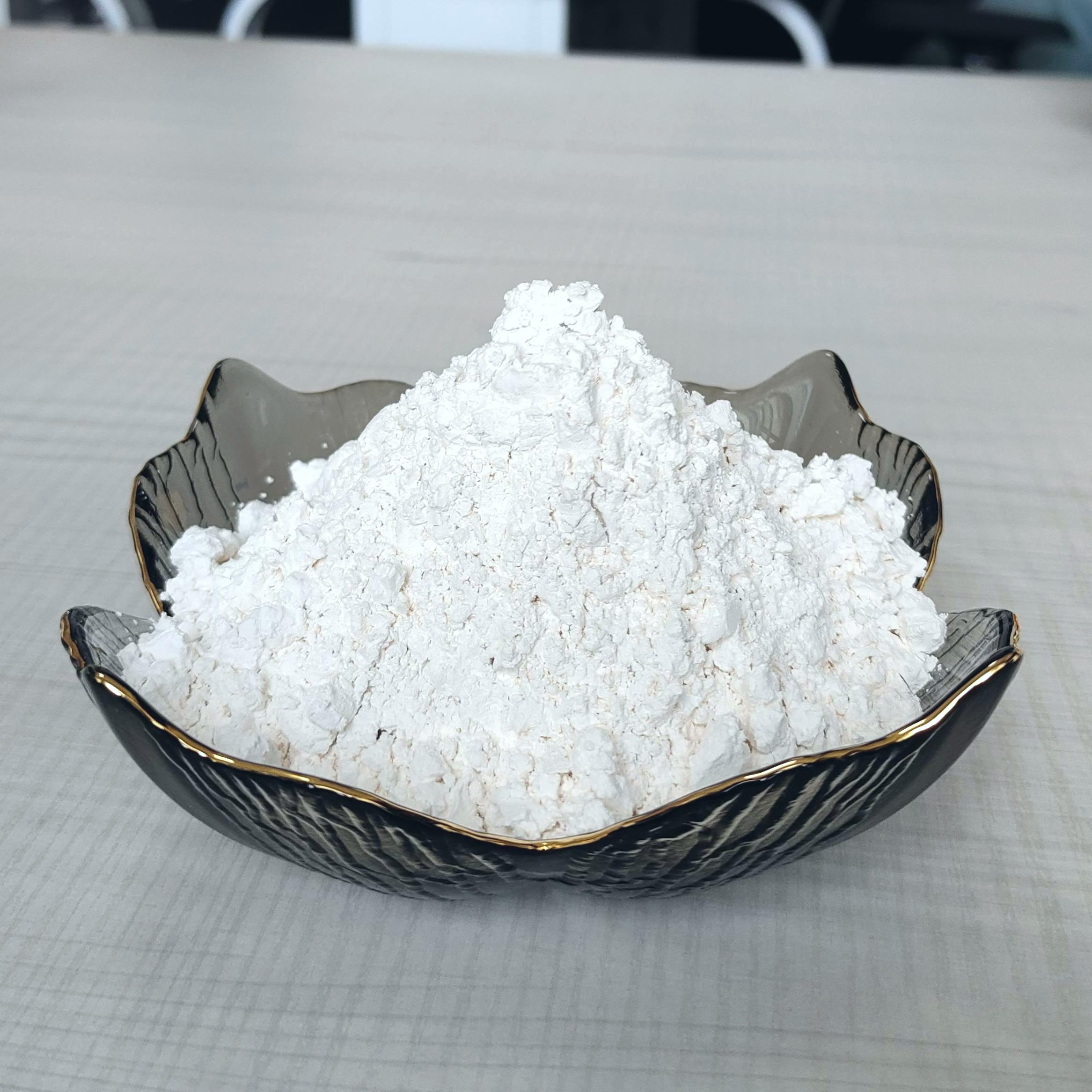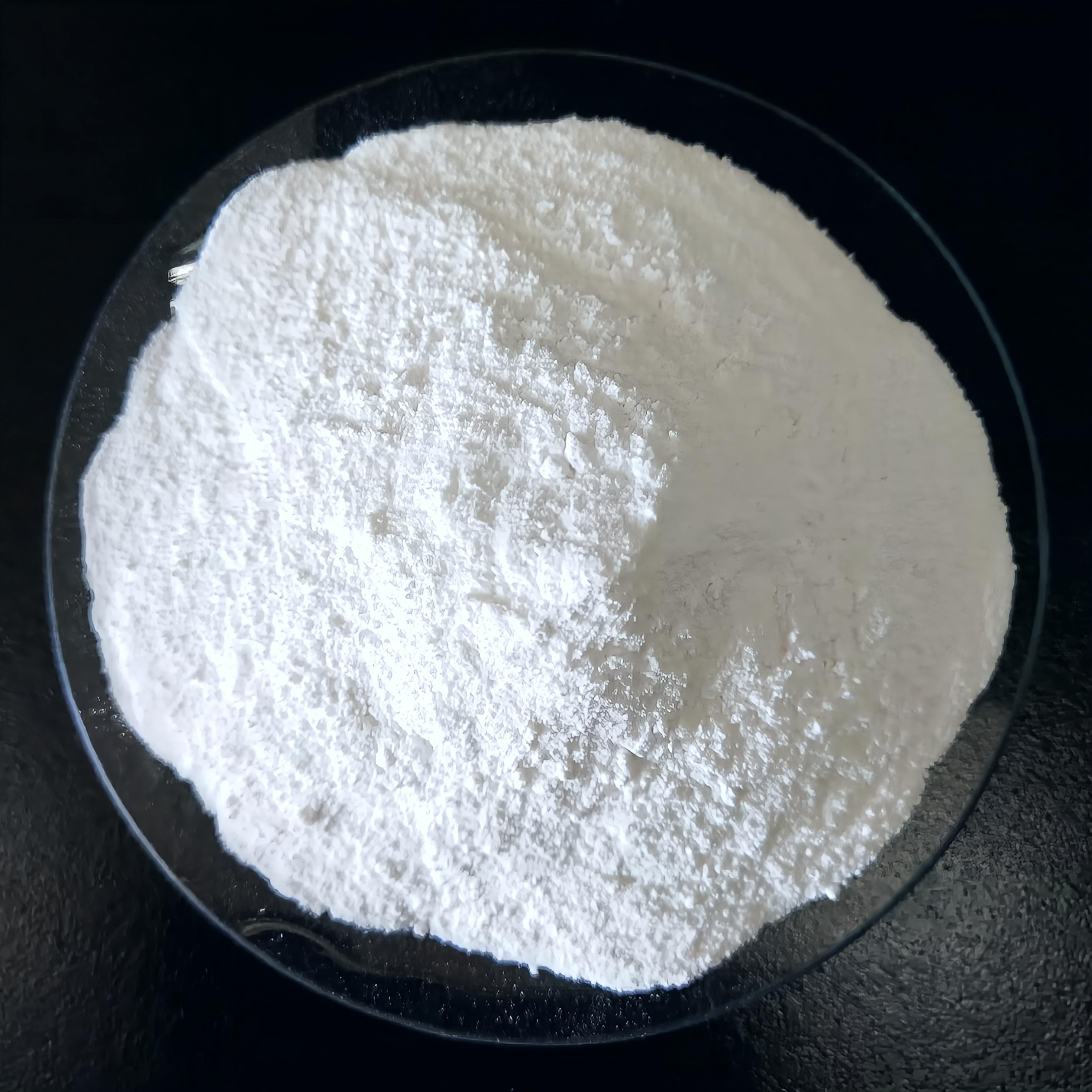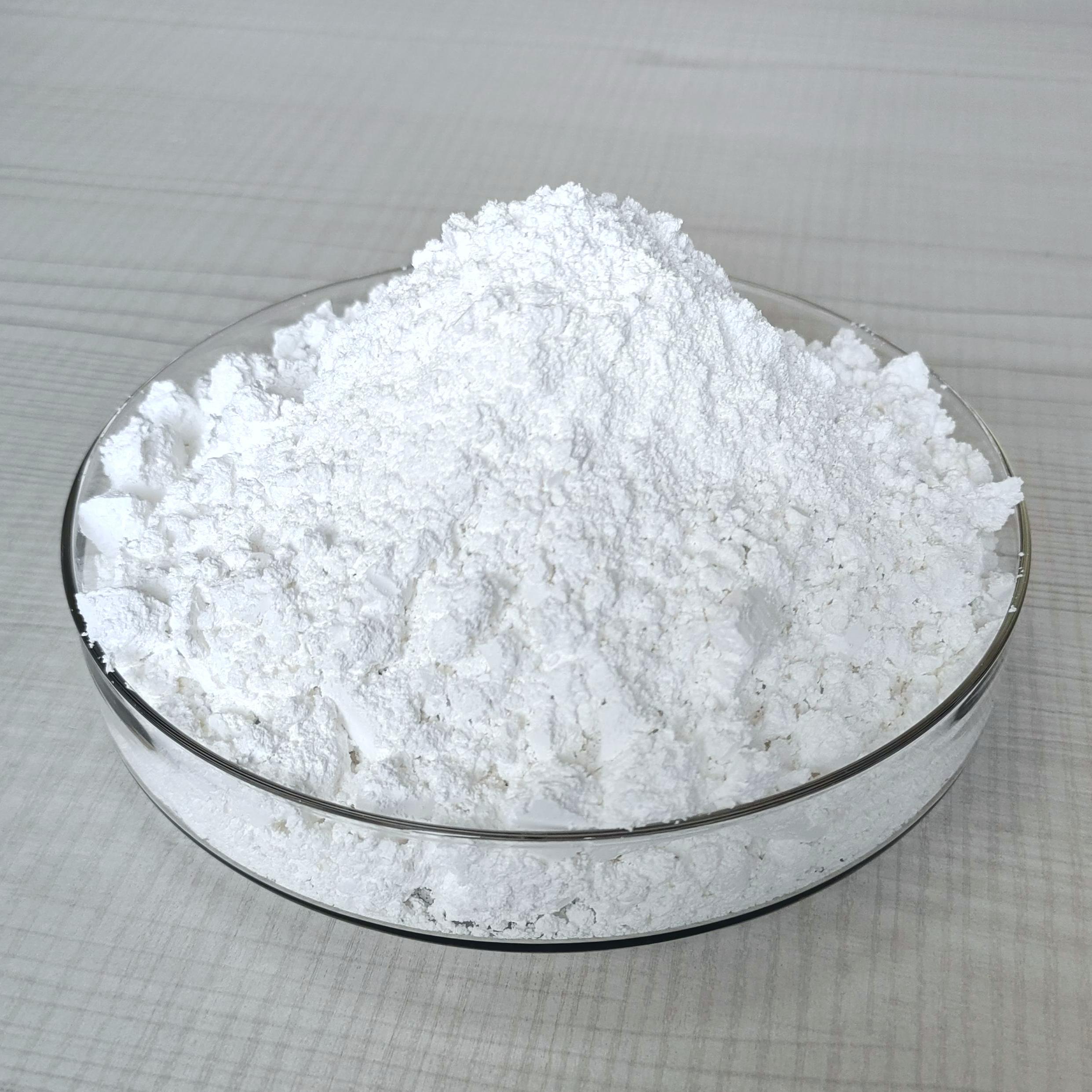20
2025
-
05
High-Whiteness Calcium Carbonate
In the world of pigment production, the quest for superior quality, brightness, and opacity is a constant endeavor. One material that has gained significant attention in this domain is high-whiteness calcium carbonate (CaCO3). This versatile mineral not only acts as a functional filler but also plays a crucial role in improving the overall aesthetics and performance of various pigments. In this article, we delve into the characteristics, production processes, and applications of high-whiteness calcium carbonate, shedding light on its importance in the pigment industry.
In the world of pigment production, the quest for superior quality, brightness, and opacity is a constant endeavor. One material that has gained significant attention in this domain is high-whiteness calcium carbonate (CaCO3). This versatile mineral not only acts as a functional filler but also plays a crucial role in improving the overall aesthetics and performance of various pigments. In this article, we delve into the characteristics, production processes, and applications of high-whiteness calcium carbonate, shedding light on its importance in the pigment industry.
1. Introduction to High-Whiteness Calcium Carbonate
High-whiteness calcium carbonate is a naturally occurring mineral composed predominantly of CaCO3. Renowned for its exceptional brightness and whiteness, this form of calcium carbonate serves a dual purpose in the pigment production sector: as a functional filler and as a key component that enhances the visual properties of pigments. Since ancient times, calcium carbonate has been utilized in various applications, but modern advancements have led to its refined use in the pigment industry.
Understanding Calcium Carbonate in Pigment Production
Calcium carbonate is pivotal in many industries, particularly in pigments for paints, coatings, plastics, and rubber. Its role extends beyond that of a mere filler; it serves to improve processing, reduce costs, and provide specific performance characteristics that enhance the final product. The high-whiteness variant of calcium carbonate is particularly sought after for its superior light-scattering properties, which contribute to the brightness and opacity of pigments.
2. Key Properties of High-Whiteness Calcium Carbonate
The effectiveness of high-whiteness calcium carbonate in pigment production can be attributed to its unique physical and chemical properties:
Brightness and Whiteness
High-whiteness calcium carbonate boasts remarkable brightness levels, often exceeding 95% reflectance. This quality is crucial for producing bright and vibrant pigments that stand out in end-use applications.
Particle Size Distribution
The particle size distribution is a vital factor affecting the performance of calcium carbonate in pigments. High-whiteness calcium carbonate typically has a controlled particle size, ensuring optimal dispersion in various media, which ultimately leads to better pigment performance.
Surface Area
With a high specific surface area, high-whiteness calcium carbonate enhances the binding properties of pigments, leading to improved adhesion and durability in applications.
Chemical Stability
This mineral exhibits excellent chemical stability, making it resistant to degradation over time. This stability is essential for maintaining the quality and longevity of pigments in various environments.
Previous page
Get in Touch with Us Today

EZ Chemical is one of the best suppliers of calcium carbonate series products in China.
CONTACT US
E-mail: kevin_song@ezchemical.cn
ADD:Room 2008, Building 8, Jinse Yangguang, Xin'an East Road, Xin'anjiang Street, Jiande City, Zhejiang Province, China.



